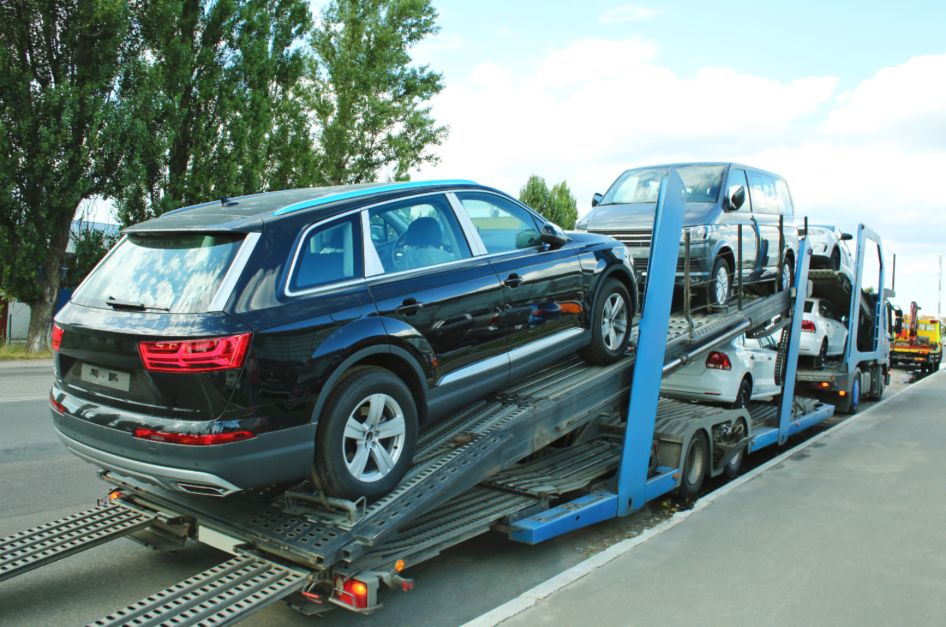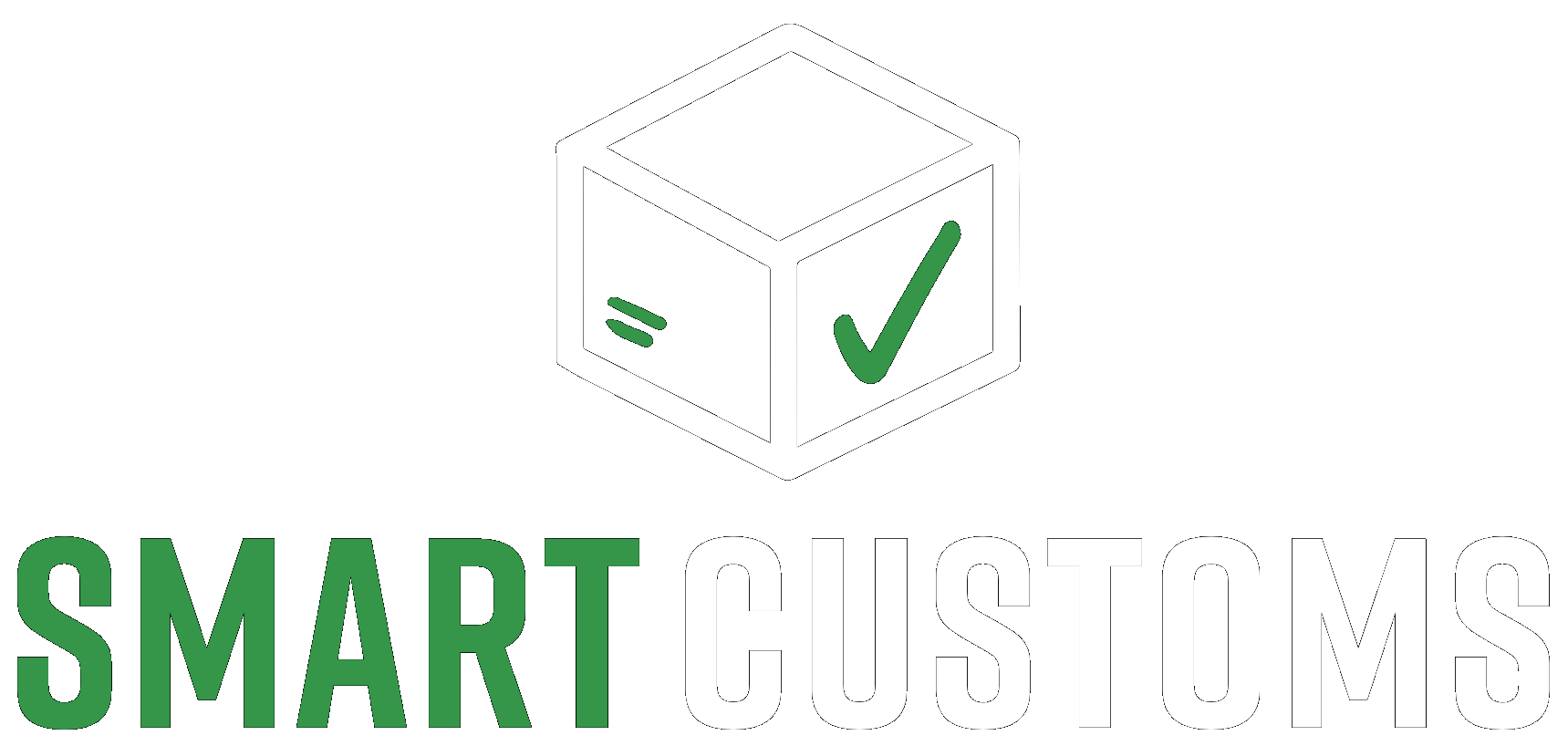
Under The Union Customs Code, goods can be exported from the EU to a 3rd country and re-imported into the EU without payment of Customs Duty provided all the required conditions for Returned Goods Relief are met.
The goods must have been:
- originally exported from the EU,
- must not have been altered and
- must be re-imported within three years of export from the EU.
In very specific circumstances, relief from Value-Added Tax (VAT) may also apply where the goods are re-imported into the EU by the same economic entity that originally exported the goods out of the EU.
Below three scenarios outline situations where Returned Goods Relief may be claimed:
Scenario 1 – EU vehicles moved to the UK from another EU Member State e.g., Germany BEFORE 1 January 2021 and returned to an EU Member State e.g., Ireland after 1 January 2021
Scenario 2 – EU vehicles moved to the UK from another EU Member State e.g., Germany AFTER the 31 December 2020 and returned to an EU Member State e.g., Ireland
Scenario 3 – USA manufactured vehicle is exported to an EU Member State e.g., Germany, is moved/exported to the UK and returned to an EU Member State e.g., Ireland
It is important to note that any claim for RGR must be made on the import declaration using the specific import declaration codes denoted under the UCC.
The importer must:
- Submit a customs import declaration for the vehicle for entry into an EU member state e.g., Ireland.
- Fulfil the conditions of the returned goods relief with regard to the vehicle being moved from the EU and the vehicle returning unaltered to the EU within a three-year timeframe.
- (Note – the date of permanent movement of the vehicle from the EU to the UK will be earlier than the date of registration of the vehicle in the UK.)
- Provide documentary proof to the importer in Ireland to show that the vehicle was moved permanently to the UK prior to 31/12/2020 (Scenario 1) or exported from Germany (Scenario 2)
- the trader documents related to the shipping/transport of the vehicle.
- the returned goods information sheet (Form INF 3)
- Export Declaration authenticated by the German customs authority (Scenario 2)
- Confirmation from the seller in the UK that the vehicle has not been altered.
- Where requested, the documentary proof should be presented to Customs at importation
Where a vehicle was manufactured in the EU within three years of the date of its re-importation into Ireland, any official document containing all the following information can be provided as proof that the conditions for claiming returned goods relief are fulfilled:
– the date the vehicle was manufactured
– the details of the factory where the vehicle was manufactured (must be within EU) – the chassis number of the vehicle and
– the description/technical details of the vehicle
Examples of documentary proof for these vehicles may include the Vehicle Identification Number (the VIN can only be used as proof where the 4th – 9th characters of the VIN provide the codes for the description of the vehicle, the 11th character of the VIN provides the code for the factory of manufacture and the importer is in a position to make the manufacturers’ codes available to Revenue), or an Oasis Vehicle Enquiry Report.
Update – November 2022 – A Certificate of Conformity can’t be relied upon to provide details of the plant where the car was manufactured, as it is often the address of the head office of the manufacturer that is listed.
At Smart Customs we can guide you through the process of claiming Returned Goods Relief and liaise with Revenue on your behalf to ensure all supporting documents are provided with the RGR Claim
